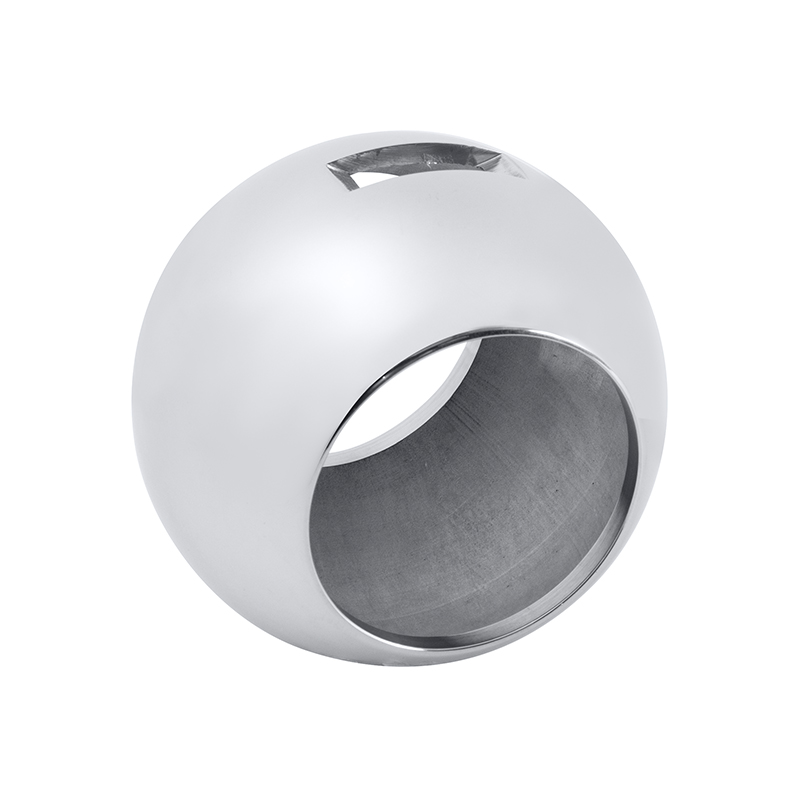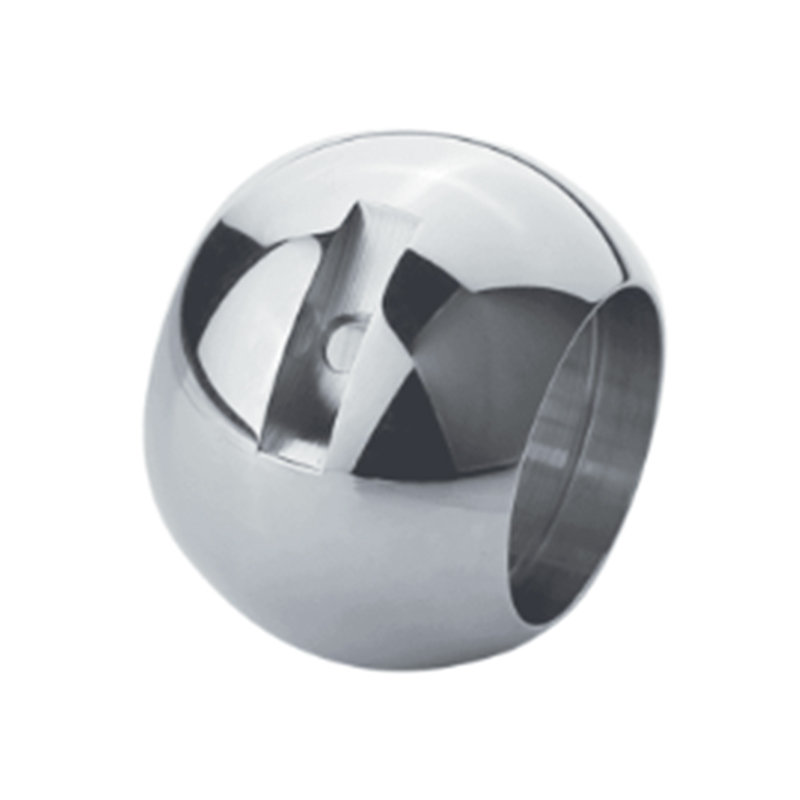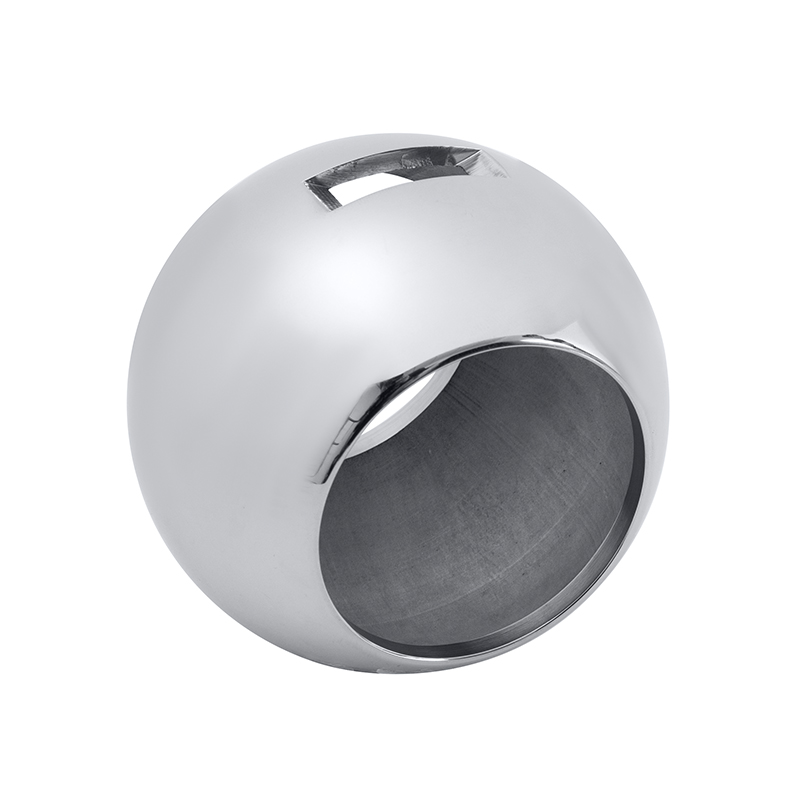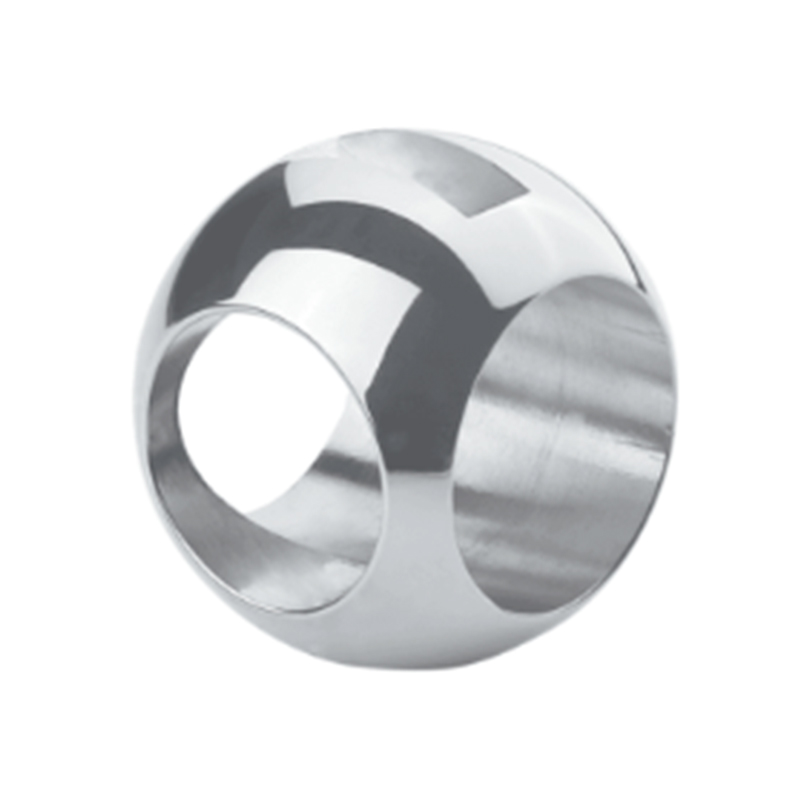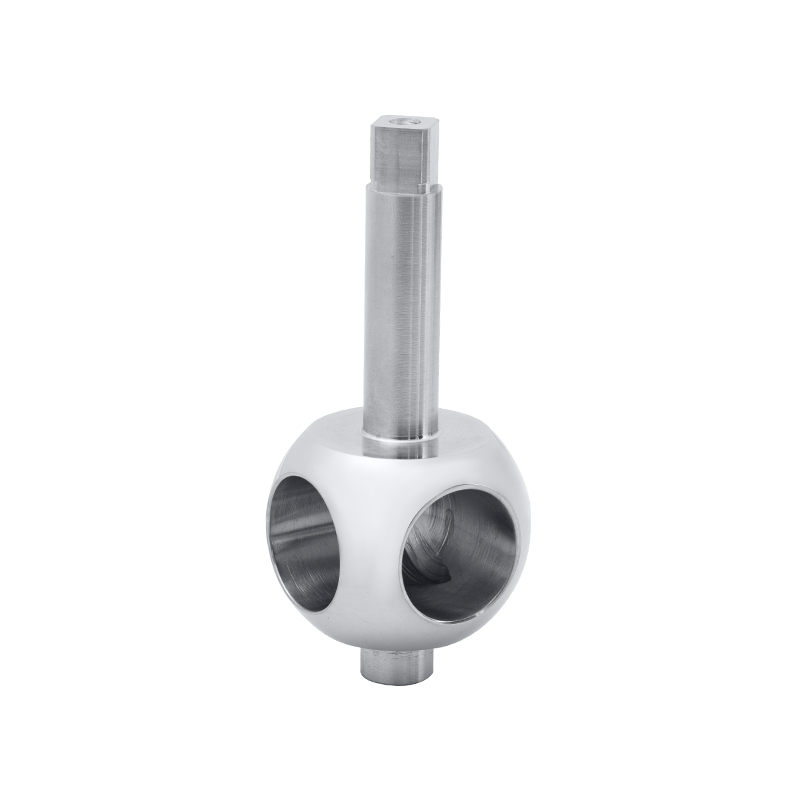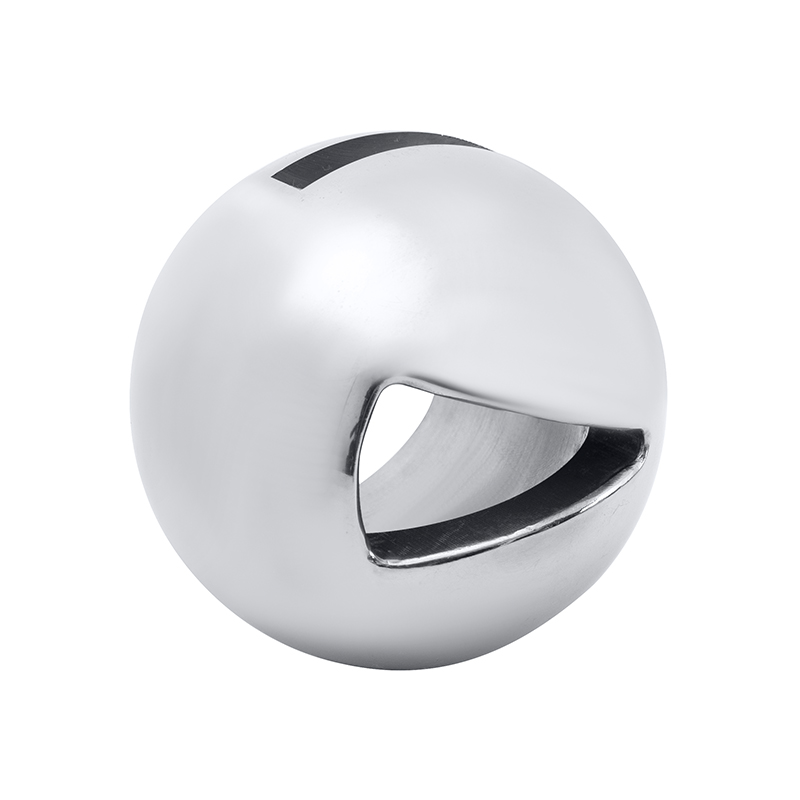In industrial fluid control systems, the integrity and performance of valves are critical to ensuring smooth operation and avoiding costly downtime. Among the many components used, the 3 way actuated ball valve and the backflow ball valve are vital for controlling flow direction and preventing reverse flow, respectively. However, improper handling during the installation of these valves, particularly during the ball installation phase, can advance to surface damage that compromises the valve’s sealing performance, operational life, and overall reliability.
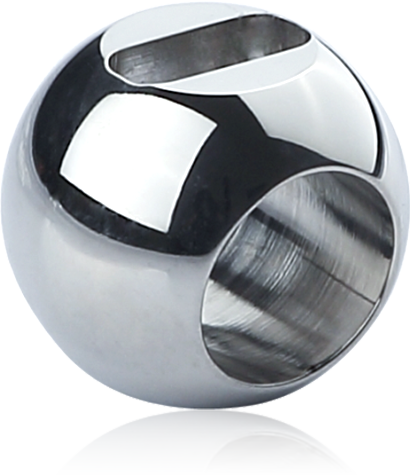
This article will explore practical strategies for preventing surface damage during the installation of valve balls, with a focus on maintaining the quality and performance of 3 way actuated ball valves and backflow ball valves.
Understanding Valve Surface Sensitivity
The surface of a valve ball, whether in a 3 way actuated ball valve or a backflow ball valve, must be smooth and free of imperfections. This precision ensures a tight seal when the valve is in the closed position. Even minor scratches or dents on the ball surface can advance to leakage, increased wear, and eventual failure of the sealing components.
The balls used in these valves are usually made of hardened stainless steel or other durable alloys, but despite their strength, they remain vulnerable during the installation process due to tight tolerances and the need for precise seating.
Common Causes of Surface Damage
Several factors contribute to surface damage during valve ball installation:
Improper Handling: Using metal tools directly on the valve ball, dropping the ball on hard surfaces, or exposing it to abrasive contaminants during installation can scratch or dent the surface.
Contaminated Work Area: Dirt, metal shavings, and other debris in the installation environment can embed into the valve body or ball, pilot to surface imidealions.
Forcing the Ball into Place: Applying excessive force when seating the ball inside the valve body, especially in automated or multi-port configurations like the 3 way actuated ball valve, can deform the ball or its seat.
Misalignment: Inaccurate alignment during installation can cause edge loading, where the ball contacts the seat unevenly, creating pressure points and potential surface wear.
Preventive Measures for Surface Integrity
To maintain the functional integrity of both 3 way actuated ball valves and backflow ball valves, the following practices should be adopted:
1. Clean Workspace and Tools
Ensure that all tools and surfaces are clean and free of debris. Use non-metallic tools such as nylon-tipped drivers or soft grip tools for handling the valve ball. Keep the ball in a padded container until the moment of installation to avoid accidental impact.
2. Use Protective Gloves
Installers should always wear clean, lint-free gloves to prevent skin oils or particles from contaminating the valve components. This helps avoid introducing corrosive elements or moisture that could damage the ball’s surface over time.
3. Follow Manufacturer Torque Specifications
For actuated valves like the 3 way actuated ball valve, over-tightening can put stress on internal components, potentially scratching or warping the ball. Always adhere to specified torque settings when installing actuators or end connections.
4. Lubrication Application
Apply a light, compatible lubricant to the ball and seat before installation. This less friction during placement and reduces the chance of galling or surface scoring, particularly in stainless steel configurations.
5. Ensure Proper Alignment
Use alignment guides or jigs if available. Especially in systems involving backflow ball valves, proper alignment is crucial to ensure that the valve functions correctly in preventing reverse flow and that the seating surface remains undamaged.
6. Avoid Excessive Force
The valve ball should be gently seated into its housing. If resistance is encountered, double-check alignment and fit before proceeding. Forcing the component could cause permanent damage to both the ball and the valve seat.
Final Inspection
Once the ball has been installed, conduct a thorough inspection using a flashlight and, if necessary, a borescope to examine the ball surface and seating area. Any visible signs of surface damage—such as scratches, nicks, or uneven wear—should be addressed before proceeding with system pressurization.
For 3 way actuated ball valves, test all three ports to ensure proper operation and sealing. For backflow ball valves, conduct a reverse flow test to confirm the valve's check function is working without leaks.
Preventing surface damage during valve ball installation is not only about preserving the appearance of the component; it is about ensuring the long-term functionality and reliability of the entire fluid control system. By understanding the causes of surface damage and implementing careful installation practices, technicians can protect the integrity of critical components such as the 3 way actuated ball valve and the backflow ball valve. A consistent, detail-oriented approach to installation will advance to more dependable valve performance and reduced maintenance costs over time.

 English
English Español
Español Deutsch
Deutsch
